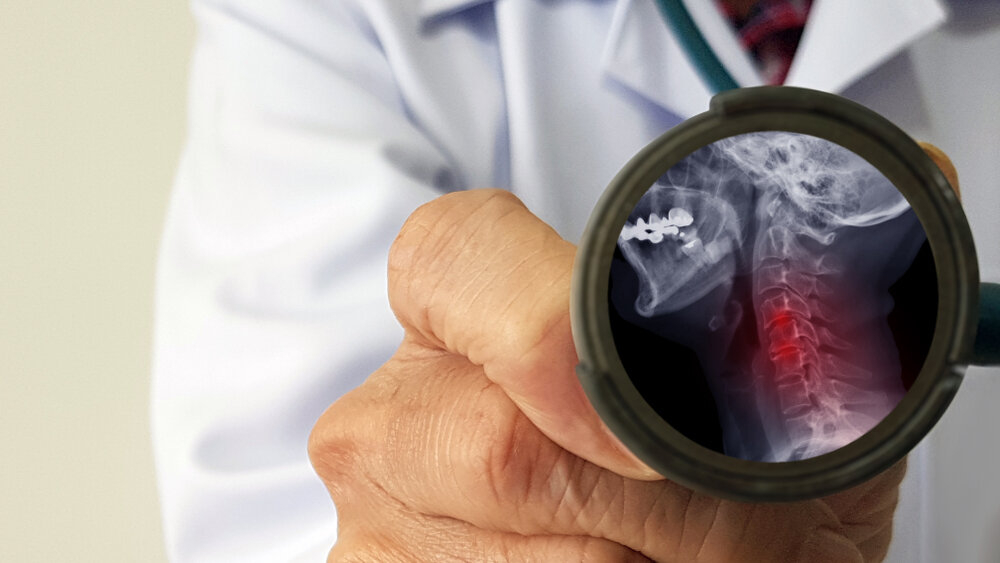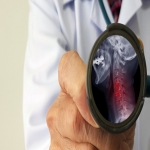Before knowing everything about the cervical radiculopathy, it is important for you to understand where the cervical spine is situated within our body. The cervical spine refers to the portion of the spinal column that is connected to our neck. This portion of our neck is very flexible and allows us to move our neck from side to side and up to down. However, at the same time, the cervical spine needs to be strong enough to provide proper protection to the delicate spine and the nerves that travel through it.
The cervical spinal consists of seven vertebrae and the disc. If anyone of these causes any discomfort to you, it is better to look for a cervical radiculopathy specialist to know more about the problem and get it healed. If any problem in your cervical spine is not treated right away, it can lead to difficulties that are beyond your control. However, as you age, you are likely to face certain discomfort with your cervical spine. What are those? Read the article to get relevant insight.
As the body ages normally, the discs lose some of their water content and start bulging out. This results in narrowing of the space and can cause severe pain to the muscles. It can obstacle your normal activities as well.

What Are the Indications?
The discomfort related to the cervical spine is called cervical myelopathy. The first symptom that the patients generally face by noticing subtle changes in the way their hands work. They may find that their hands are quite clumsier, and they may drop objects often. Their hand may shake while tying any knot or buttoning their shirt etc. Changes can also be noticed in their handwriting.
In extreme cases, patients may also notice profound weakness and numbness around the neck and back. Cervical radiculopathy is the pain traveling from the neck into the specific region of arms, hands and forearm. At that time, you should look for a cervical radiculopathy specialist in OKC.
What Are the General Treatment Steps?
Most of the patients who suffer from cervical radiculopathy in an initial stage will be diagnosed with non-operative methods. These measures involve certain changes in daily activities with proper medications. Your doctor may recommend applying ice on the specific region for pain relief. However, prolonged bed rest is generally not recommended as it can lead to deconditioning.
However, if the pain is severe and cannot be treated with medication, the doctor may go for surgery.
It is recommended to consult a cervical radiculopathy specialist from Neuroscience Specialist to the earliest before it becomes uncontrollable.
**Information presented here is not intended to be qualified medical advice. Nothing expressed herein creates a doctor-patient relationship.

